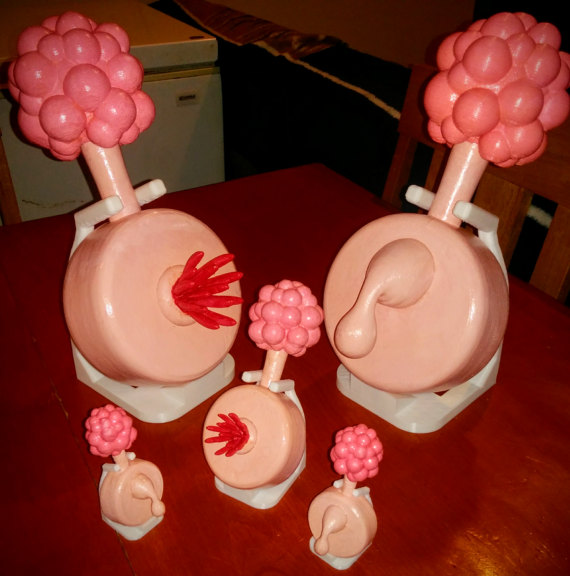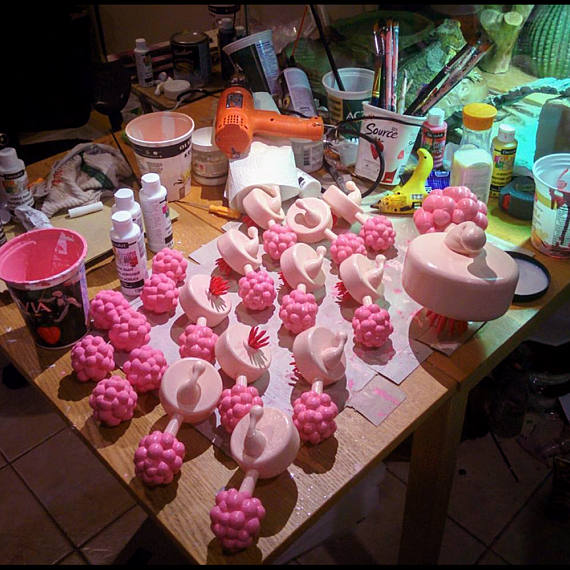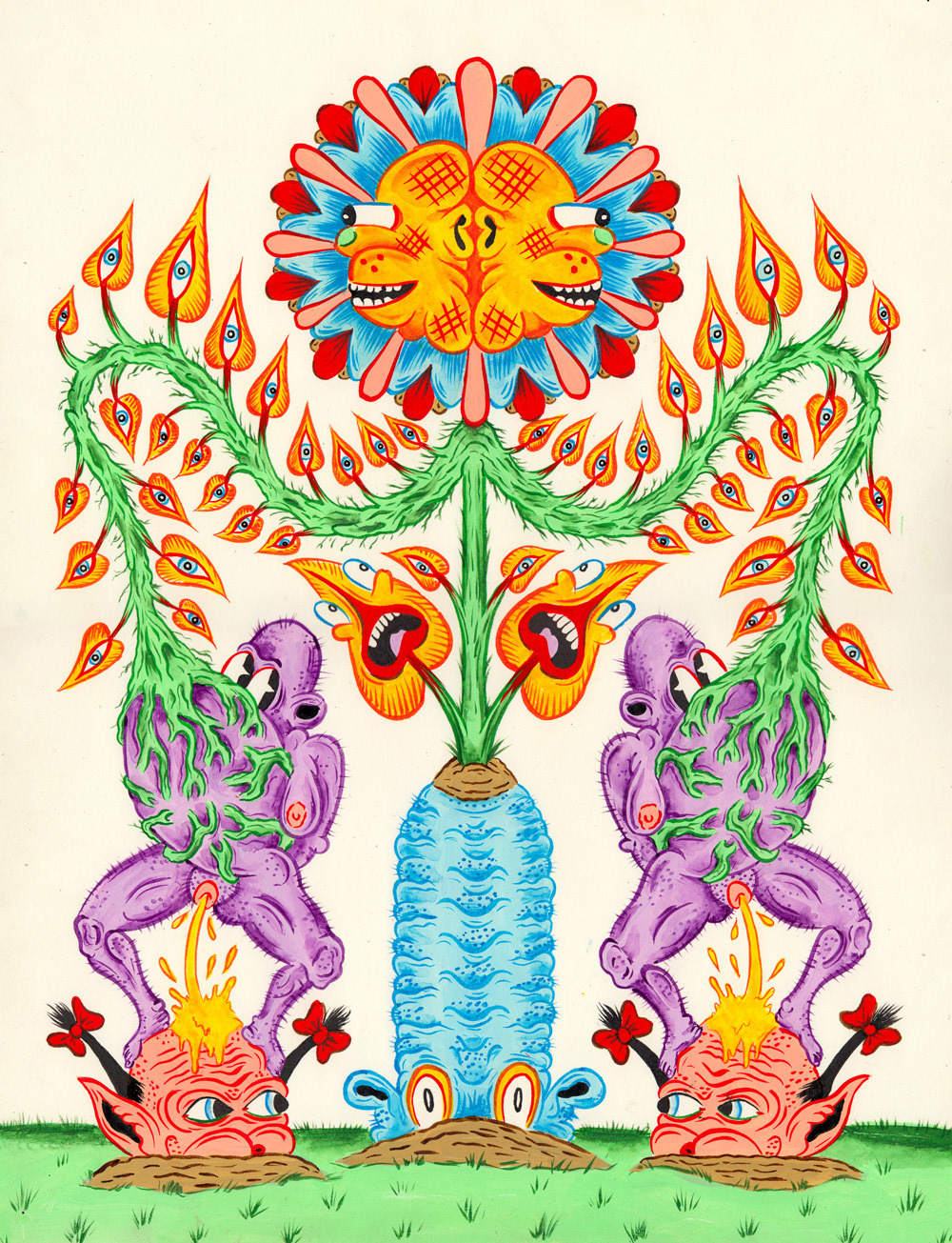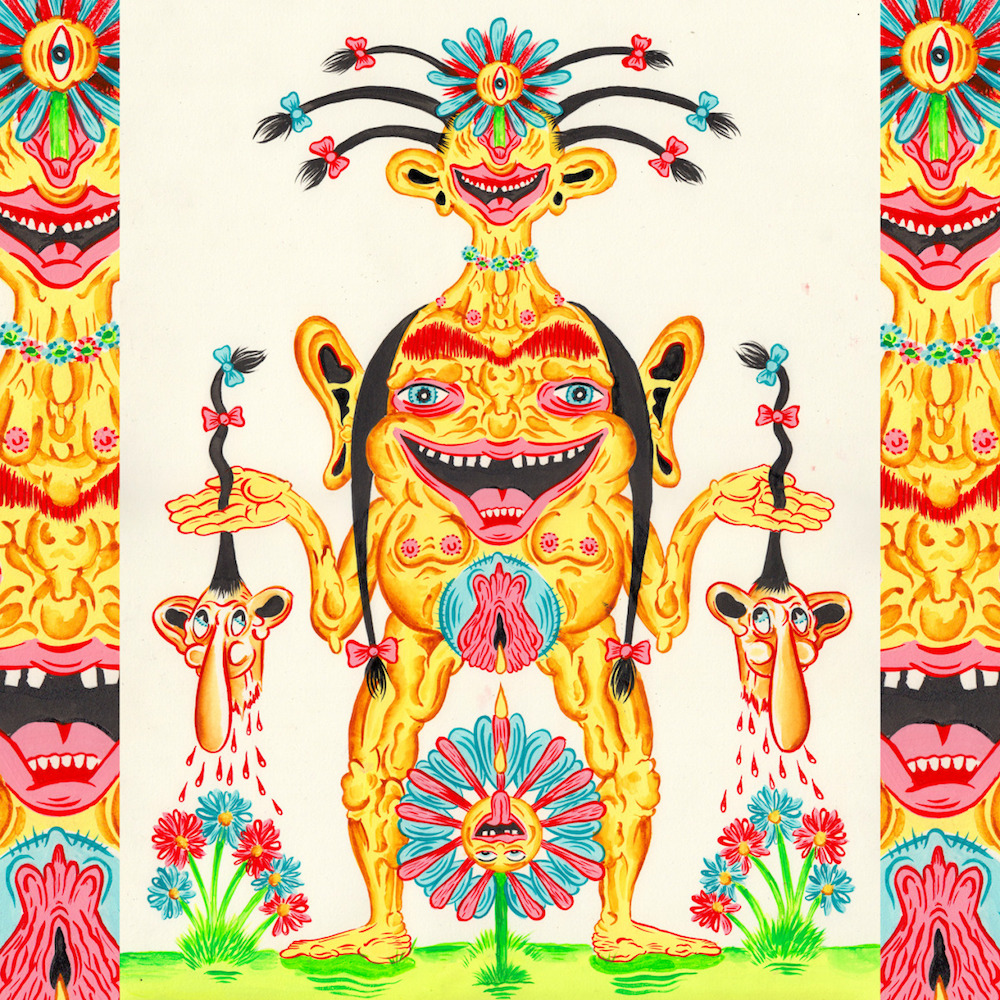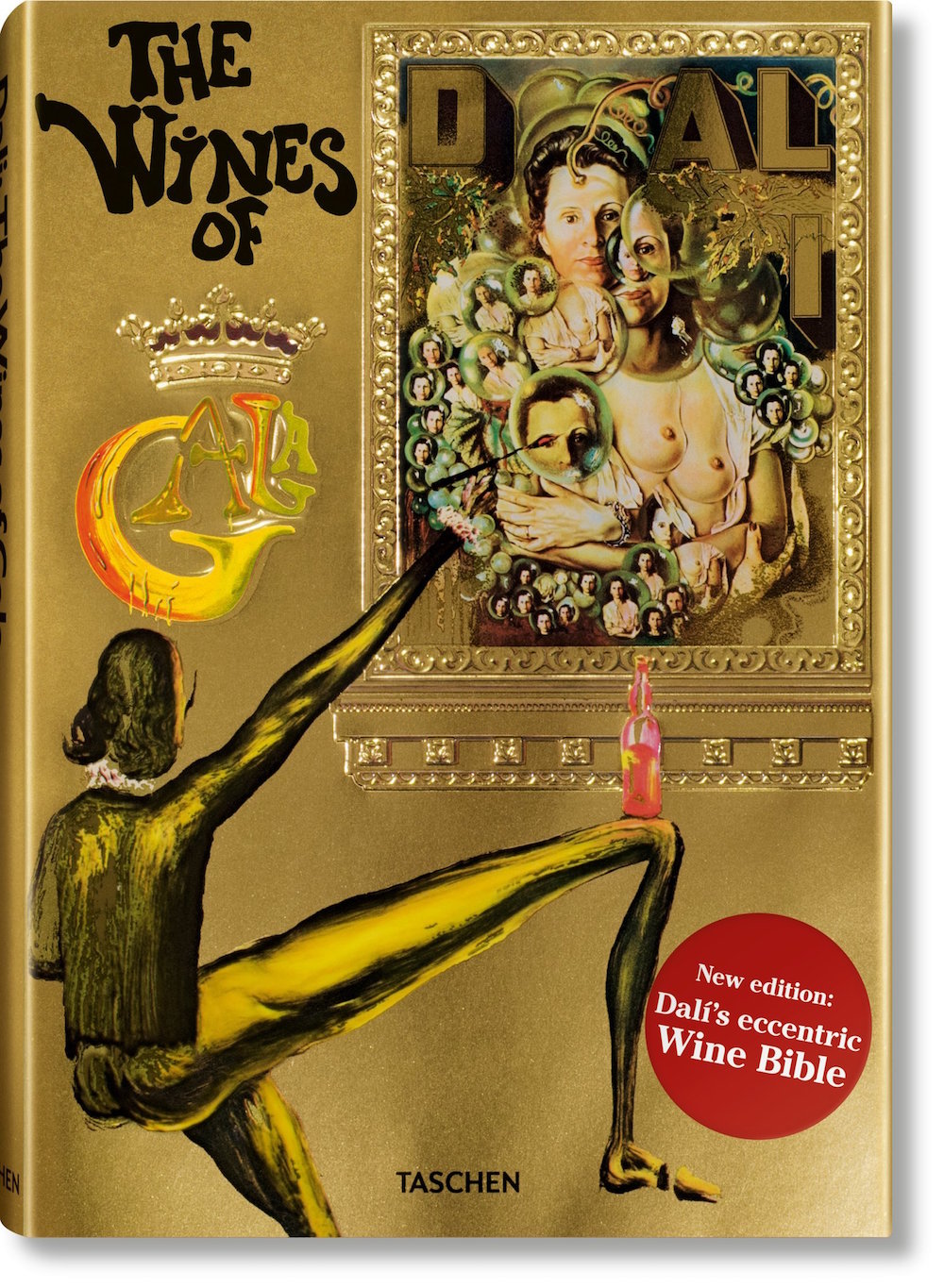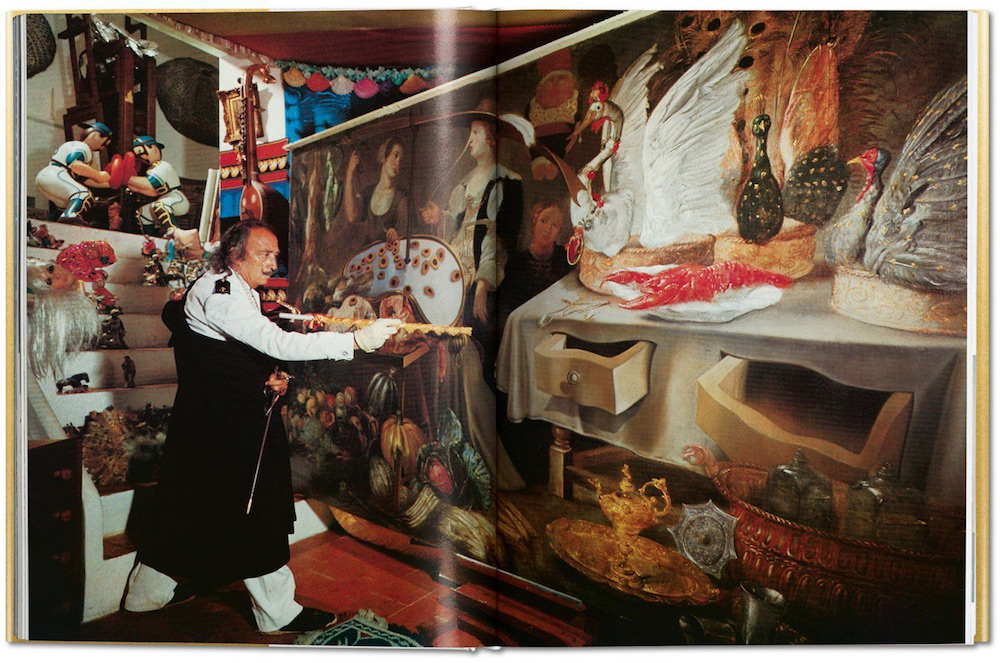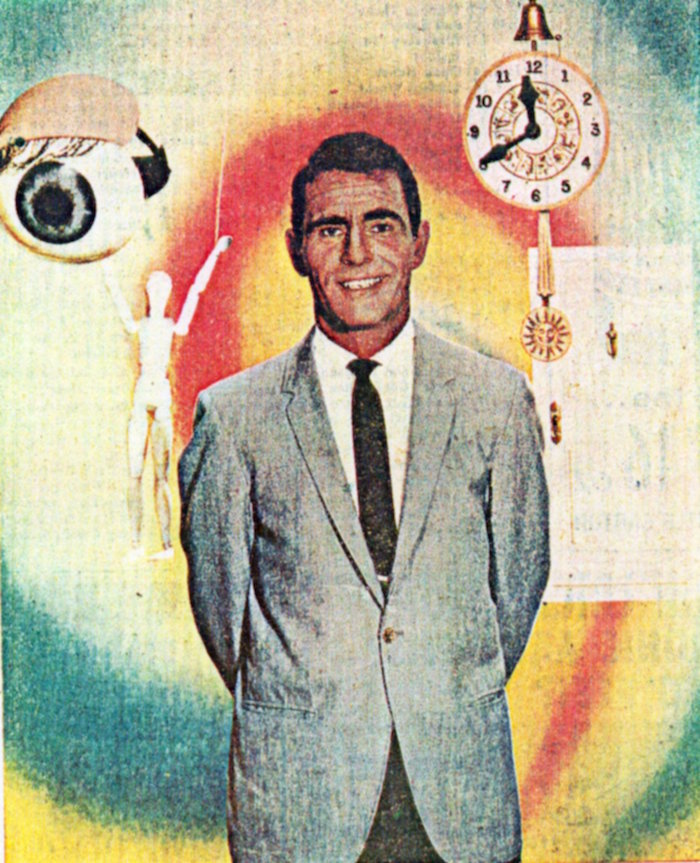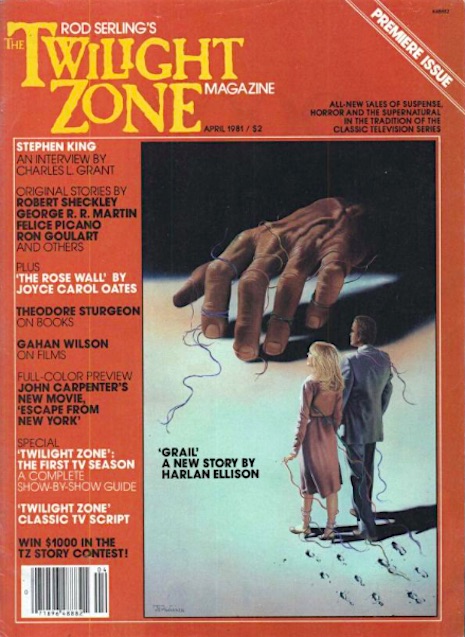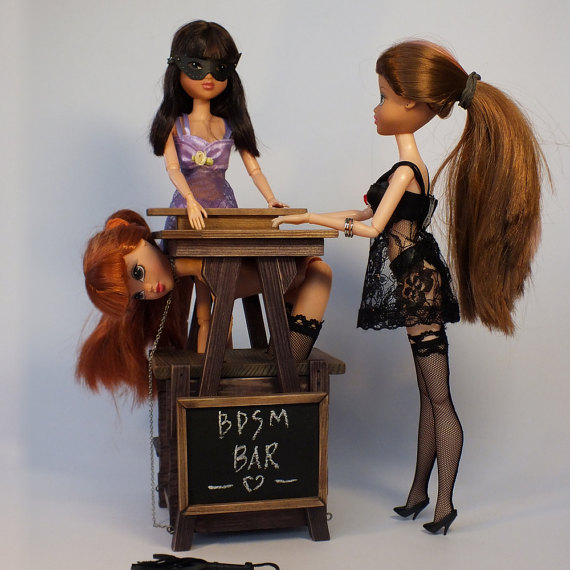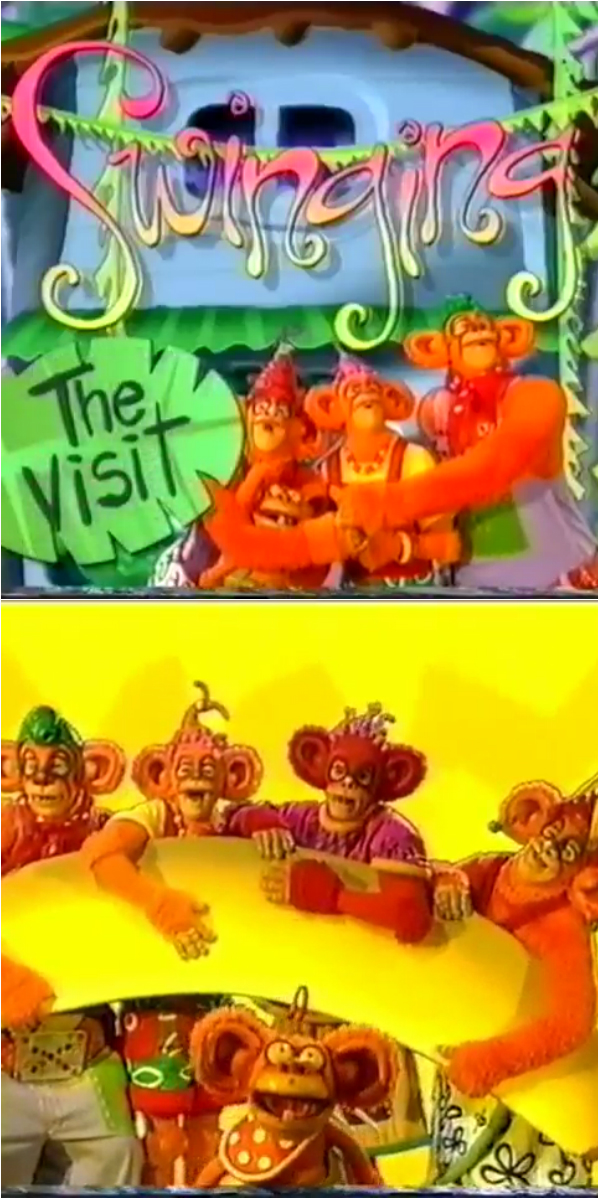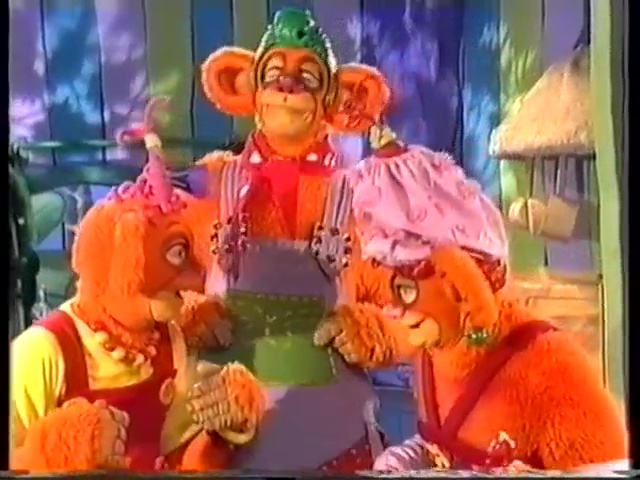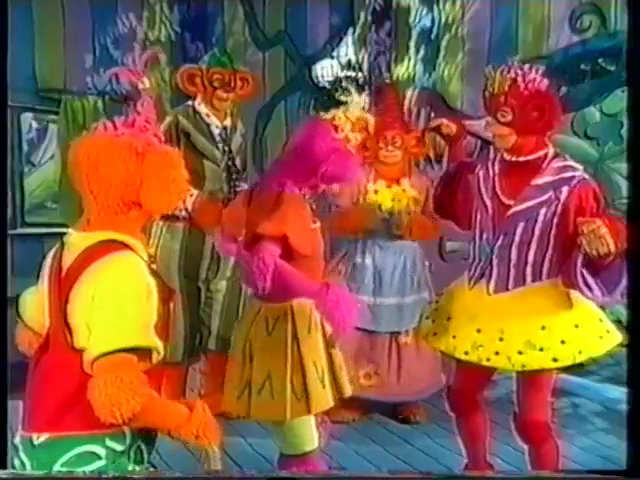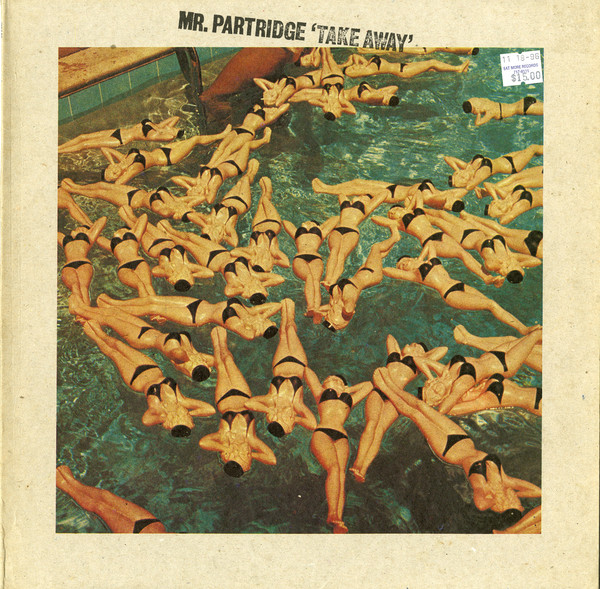
XTC has had its share of surprising collaborations and unusual side projects. There was the psychedelic pop tribute band the Dukes of Stratosphear, which put out two full-lengths. There was the complex proposal to invent a label called Zither dedicated to “excavated” bubblegum pop tunes that never existed. There was also the time Andy Partridge contributed to a Residents album. And there was the Fuzzy Warbles series as well. One thing that was always true about Partridge and Moulding, especially in the early years, was that there was always more than enough creativity to go around, and that creativity took many different guises.
Still, we think of a certain thing when the word “XTC” wafts into the conversation: spiky, intelligent pop in the general new wave/punk area, adventurous and tuneful. Beatles-ish popcraft from a later moment. But just as the Beatles had their “Revolution No. 9,” the XTC boys also delved surprisingly deeply into the world of musique concrète, tape manips, cut-ups, dub-versions, what-have-you—none of which is really a part of their regular mythos.
Once XTC got going in 1978, they were quite productive—releasing White Music and Go 2 in 1978, Drums and Wires in 1979, and Black Sea in 1980. While they were developing all of those great albums, they (Partridge mainly, it seems) found the time to release an album and a half of intensely cut-up re-workings of the very same tracks that went into those first albums.
In other words, they put out experimental music as if they had decided to “plunderphonic” their own catalog, to borrow a term invented by John Oswald in 1985. Puchasers of Go 2 in its original pressing also received a curious EP with a strikingly similar cover design called Go+. What Go+ turned out to be was a collection of five “dub” re-workings of tracks from Go 2.

That was in 1978. In early 1980 an album was released by, ahem, “Mr. Partridge” under the name Take Away/The Lure of Salvage. (It’s not super clear and sources differ, but I think the idea was that Side 1 was “Take Away” and Side 2 was “The Lure of Salvage.”) The cover art appropriated images from an absolutely fantastic photo shoot conducted at the preposterously palatial house of Jayne Mansfield around 1960 that we’ve discussed at DM before. Just like Go+, this album consisted of “dub” reworkings of previously released XTC material. Here’s a handy guide to which tracks the music from Go+ and Take Away/The Lure of Salvage was borrowing from:
Go+
“Meccanik Dancing (Oh We Go!)”—>“Dance With Me, Germany”
“Jumping in Gomorrah”—>“Beat the Bible”
“Battery Brides (Andy Paints Brian)”—>“A Dictionary of Modern Marriage”
“I Am the Audience”—>“Clap Clap Clap”
“The Rhythm”—>“We Kill the Beast”
Take Away/The Lure of Salvage
“Refrigeration Blues”—>“Commerciality (Signal Ad)”
“Heatwave”—>“The Day they Pulled the North Pole Down”
“Millions”—>“The Forgotten Language of Light”
“Real by Reel”—>“Steam Fist Futurist”
“Pulsing Pulsing”—>“Shore Leave Ornithology (Another 1950)”
“Homo Safari”—>“Cairo”
“Helicopter”—>“The Rotary”
“That is the Way”—>“Madhattan”
“Roads Girdle the Globe”—>“I Sit in the Snow”
“Red”/“Day In Day Out”—>“Work Away Tokyo Day”
“Making Plans for Nigel”—>“New Broom”

Take Away/The Lure of Salvage wore the experimental nature of the project on its (literal) sleeve. The music had been “destructed/constructed at Regents Park Recording Company.” The cover art also presented the following messages:
This used to be some XTC records. It is now a collection of tracks that have been electronically processed/shattered and layered with other songs or lyrical pieces.
If you liked ‘Go+’ then this record weighs approximately the same amount.
The music was every bit as challenging, adventurous, perverse, and unlistenable as “Revolution No. 9” itself—you choose the adjectives. Well, OK, maybe there wasn’t anything quite as distancing as some stentorian dude intoning the words “Number 9” over and over again, but ... Take Away/The Lure of Salvage was very intensely experimental and was hardly something a normal person could dance to. Some of it sounds a bit like fucked-up versions of tracks off of Peter Gabriel’s first albums or Genesis output from the same era—but those comps (even though accurate) may overstate the accessibility of this music. Variously, Partridge sped up backing tracks, fucked with percussion tracks, added poetry inspired by Charlie Parker’s “Ornithology,” and so on. “Work Away Tokyo Day” programmed all nine of Barry Andrews’ sax parts from “Red” simultaneously.
Many years later, in 1990, Go+ and Take Away/The Lure of Salvage were made available on the CD-only release Explode Together: The Dub Experiments 78-80.
Listen to it all, after the jump…...
Posted by Martin Schneider
|
11.07.2017
08:15 am
|
